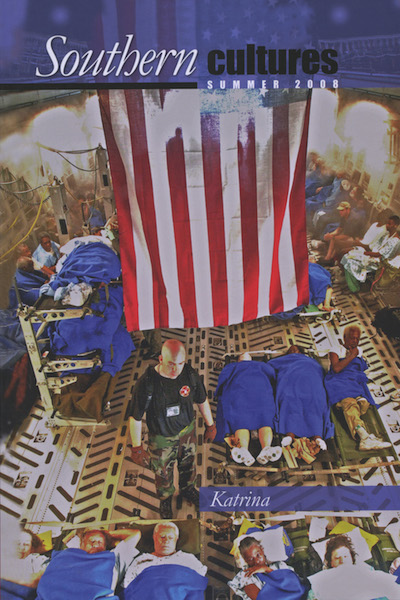“Many people viewed the extreme disorder after Hurrican Katrina as the failure of a comprehensive system of public works and emergency preparedness they assumed was designed to ensure safety and security. No such system exists.”
Many people viewed the extreme disorder after Hurricane Katrina as the failure of a comprehensive system of public works and emergency preparedness they assumed was designed to ensure safety and security. No such system exists. The national flood control program began in the late nineteenth century as a series of engineering projects intended to promote economic development and to unify the nation’s territory after western expansion and then Civil War. Its public safety protections were limited to partial levee lines in a few cities west of the Appalachian range. As the urgency to integrate territory passed, national unification faded as a justification for the flood control program, and Congress focused on approving engineering projects to promote economic development in specific locations. Concern about public safety from the 1950s on motivated thousands of individual federal projects to create or increase protection in urban and suburban areas, including hurricane levees near New Orleans.1 Despite decades of building levees and floodways, the grand goals of prosperity and national integration, as well as public safety, have been only partially realized for the lower Mississippi Valley. Hurricane Katrina made this quite clear.


